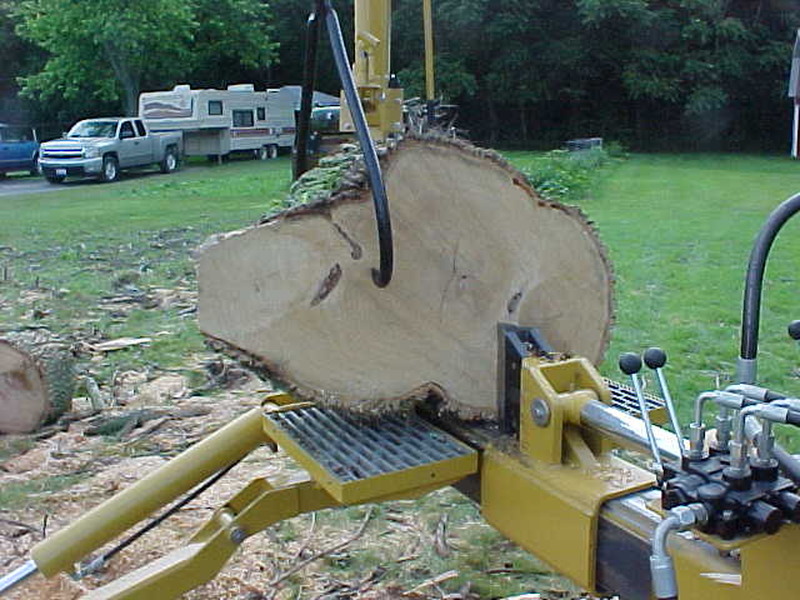It's not. The idea is to make a chunk of wood that you can carry or lift onto the tailgate. Sometimes you need four chunks and when it really gets big, I need six. My log splitter is often 30 miles or more from the job site where I cut the big rounds.
What most do not realize is that when you cut with the log's grain (parallel to it), the wear and tear on the saw's chain is not much more than bucking across the grain. It is as if you are planing the wood and that is what produces the long noodles.
I split everything where it lays when it is bigger. Just back down the log length, split, throw the splits to the sides. Then back the truck down the same path and load from both sides. Everyone has to do what works best for their situation. Noodling just isn't in my wheel house.







 and some greasy chicken .... I mean 'bar oily' chicken.
and some greasy chicken .... I mean 'bar oily' chicken.